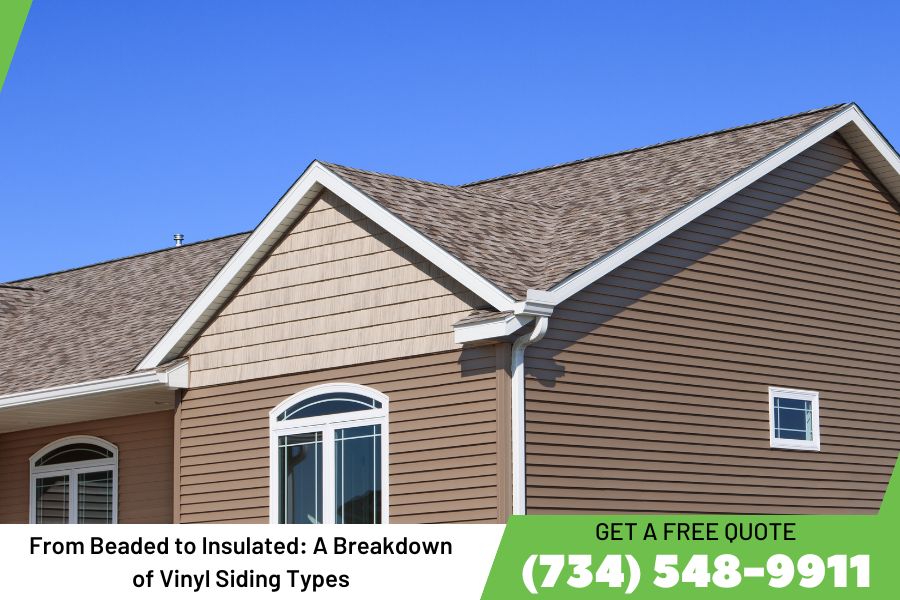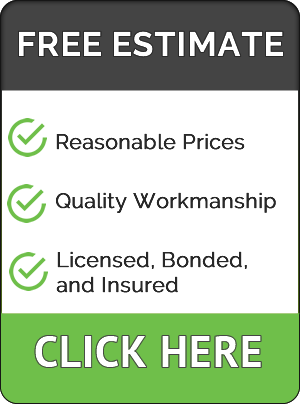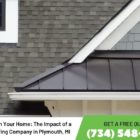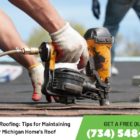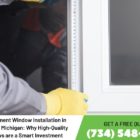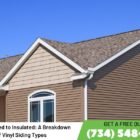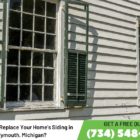Vinyl siding has become an increasingly popular choice for homeowners who want an attractive, durable, and low-maintenance option for their home’s exterior while not spending a fortune to do so. Vinyl siding comes in a variety of styles and colors, making it easy to find the perfect fit for your home’s architectural style and your personal preferences and in some cases match the other homes in your neighborhood.
Here are some of the most popular types of vinyl siding that are available on the market today and the pros and cons of each one.
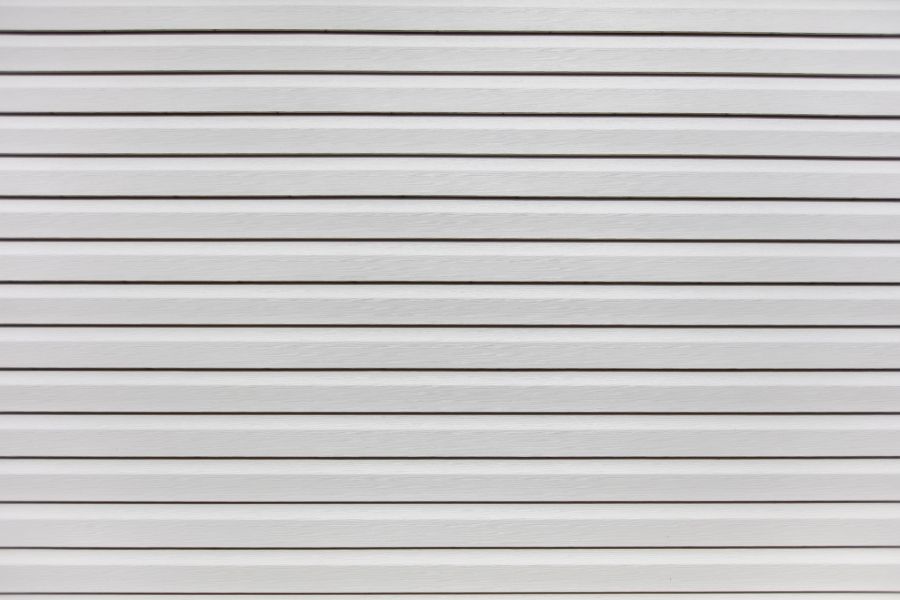
Double Lap siding
This type of vinyl siding is by far the most common and also the most affordable. Double Lap siding is designed to have one panel overlap the other, creating a weather tight seal. The panels are available in a variety of widths and colors, making it easy to find a style that matches your home’s design aesthetic.
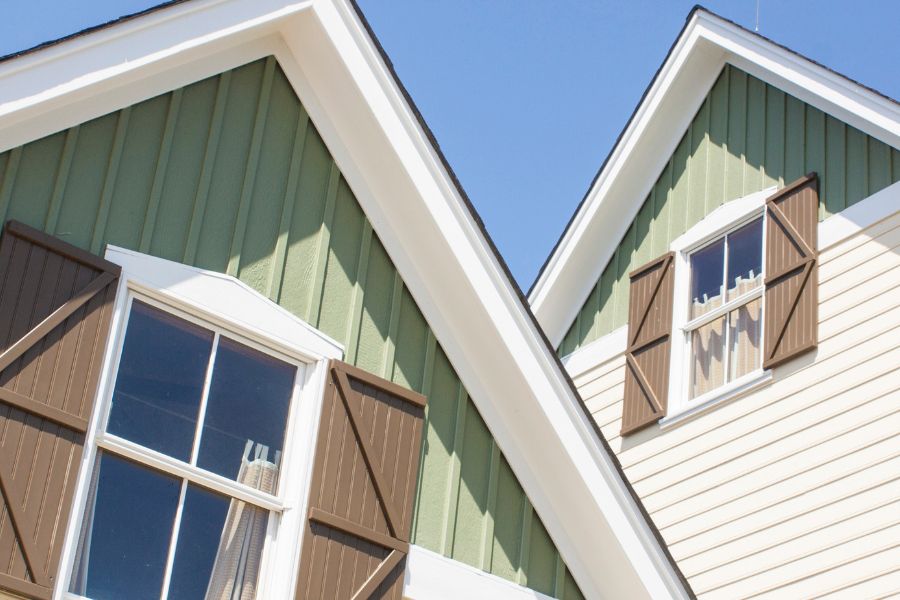
Vertical siding
Vertical siding is a great option for homes with high gables or steep roofs. This style of vinyl siding is designed to mimic the look of traditional wood siding, but without the need for frequent maintenance. Vertical siding creates a clean, unbroken appearance on the exterior of the home. Many times vertical siding is combined with other types of vinyl siding to break a large area such as a gable end.
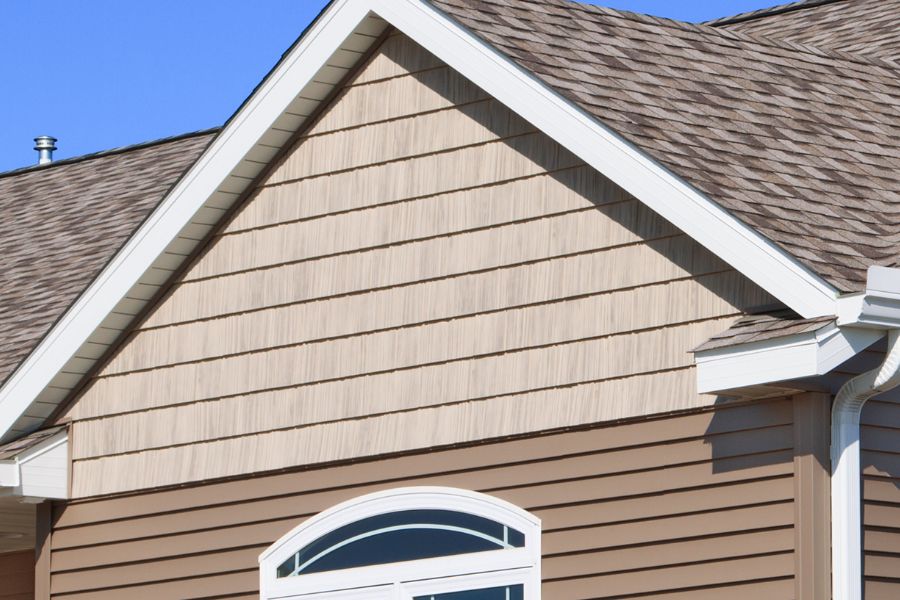
Shingle siding
Shingle siding is a popular option for some homes that want a traditional, rustic look. Vinyl shingle siding mimics the look of natural cedar shingles or shakes but won’t rot or fade like real wood and you won’t have the rigorous maintenance requirements you get with real wood. This style of siding is available in a range of colors, from warm browns to cool grays. It’s also a bit more expensive than vertical or double lap siding.
Board and batten siding
Board and batten siding is a vertical siding style made up of wide boards, with narrower boards or battens placed over the gaps between the boards. This style of siding is often seen on barns or other rustic outbuildings. Vinyl board and batten siding can add a touch of rustic charm to your home without the need for regular upkeep. It can be one of the more expensive types of siding to install however.
Beaded siding
Beaded vinyl siding is a premium option that can add elegance to any home’s exterior. This style of siding has a beaded groove that runs along the edge of each panel, creating a subtle, sophisticated texture. Beaded vinyl siding is available in a range of colors, including classic white, beige, and gray.
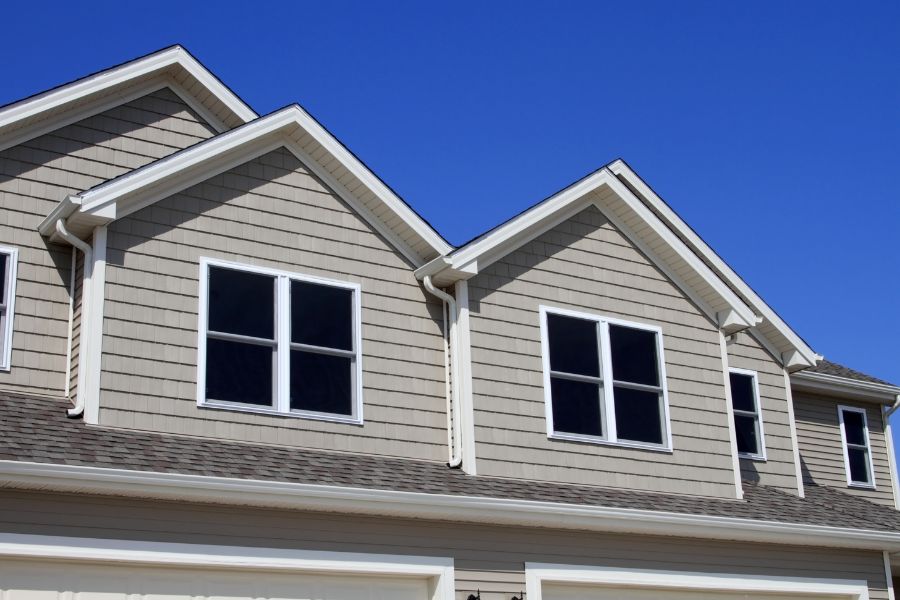
Insulated siding
Insulated vinyl siding is a great option for homeowners who want to improve their home’s energy efficiency while also updating its exterior and the best part is that it comes in almost every type of vinyl siding design. This style of siding has a layer of insulation added to the back of the vinyl siding panel, which helps to reduce air infiltration and heat loss. Insulated vinyl siding is available in a range of styles and colors, and can help to lower your home’s heating and cooling costs.
Faux Stone siding
Faux stone vinyl siding is designed to mimic the look of natural stone, but at a significantly lower cost. This style of siding is available in a range of textures and colors, from smooth and polished to rough and rustic. Faux stone siding can give your home the look of a high-end masonry exterior without the expense. Many homes have faux vinyl siding installed on small portions of the area rather than the entire home covered in faux stone siding.
In conclusion, there are many types of vinyl siding available on the market today and which one you chose for your home will be a great choice. Whether you want a traditional double lap style or a more modern beaded or faux stone look, vinyl siding can be a great choice for your home’s exterior. Not only is vinyl siding durable and low-maintenance, it’s also available in a wide range of colors and styles to suit your individual taste and architectural style. To get a free estimate on vinyl siding for your home be sure to call Home Pros Plymouth today at 734-548-9911.

